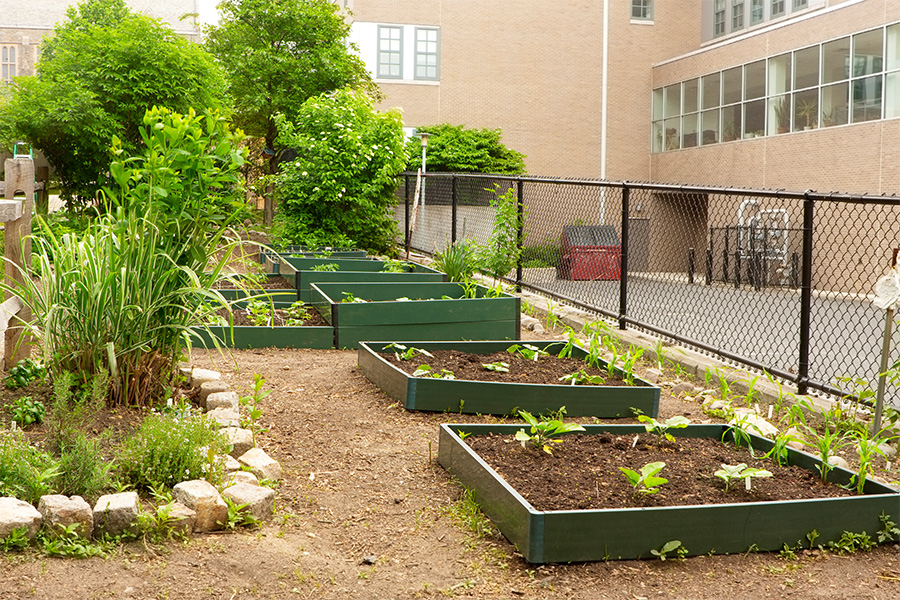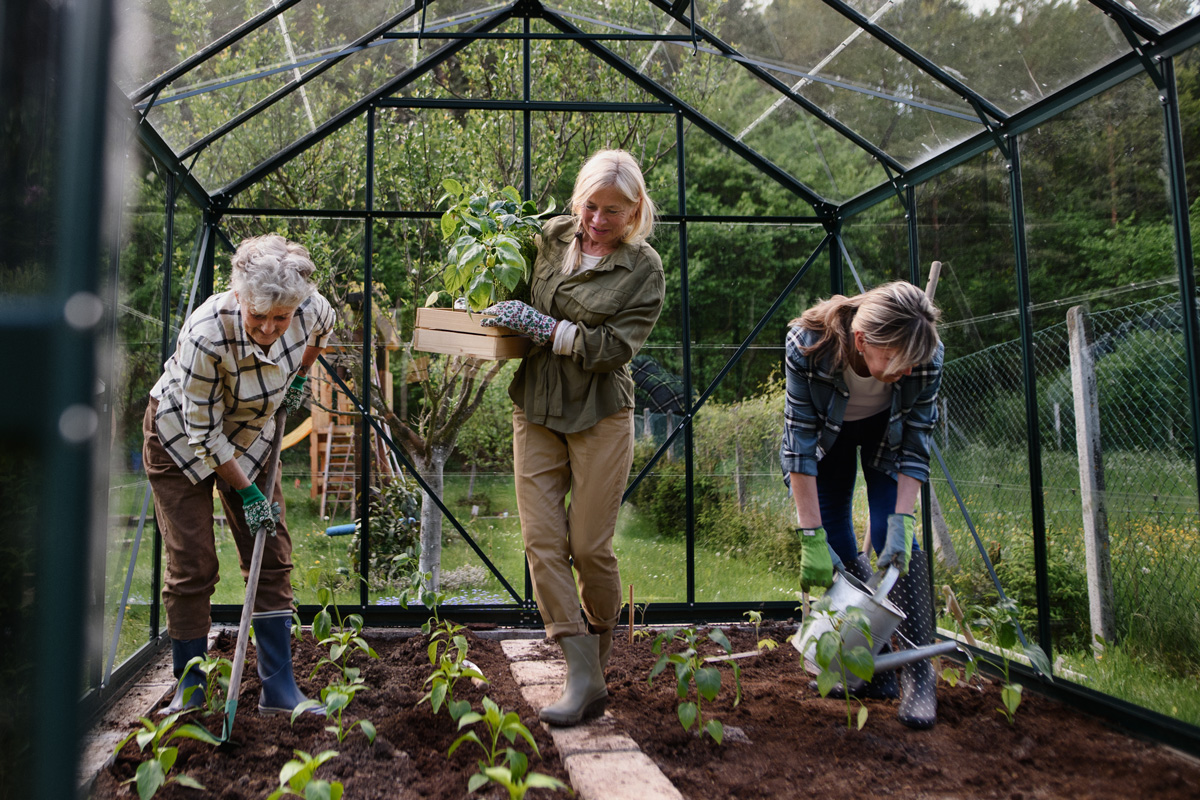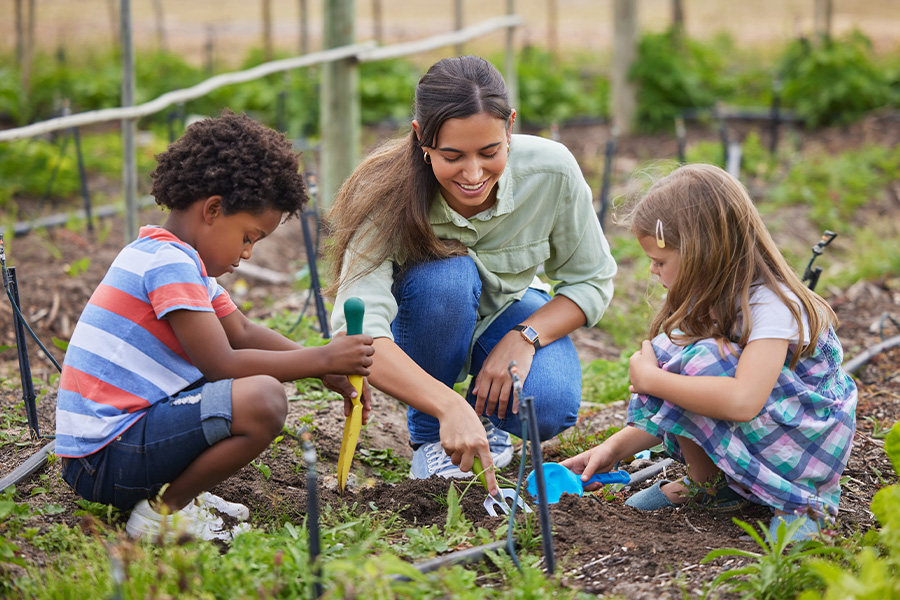Horticulture
-

C 1027-11
Sources of Water for the Garden
This publication discusses the advantages and disadvantages of various sources of water for a community or school garden, including municipal water, rivers or creeks, ponds, wells and rainwater.
Bob Westerfield and David Berle
|
-

C 1027-12
Irrigation
This publication describes irrigation methods suitable for community or school gardens, including overhead sprinklers, hand watering and drip irrigation.
Bob Westerfield and David Berle
|
-

C 1027-3
Raised Beds vs. In-Ground Gardens
This publication describes the advantages and disadvantages of raised bed and in-ground gardens and may be used as a guide when planning a community or school garden project.
Bob Westerfield and David Berle
|
-

This publication offers advice on finding less expensive sources of plant material, amendments and tools for community and school gardens.
Bob Westerfield
|
-

C 1027-8
Stocking the Toolshed: Hand Tools
This publication describes the types and quantities of hand tools that work best for community and school gardens, including shovels, rakes, trowels, hand pruners, gloves, children’s tools, and carts and wheelbarrows.
Bob Westerfield and David Berle
|
-

C 1027-10
Growing Fruits
Community gardens designed to provide locally grown food for families can be used to grow fruits in addition to the more commonly grown vegetables. There are many common and lesser-known fruits that are suited for planting in community garden situations.
Bob Westerfield and David Berle
|
-

C 1027-13
Weed Control
This publication describes weed control methods that are appropriate for community and school gardens.
Bob Westerfield and David Berle
|
-

This publication describes common myths about cold protection and provides options for protecting plants from the cold in community and school gardens, including cold frames, row covers and hoop houses.
Bob Westerfield and David Berle
|
-

This report provides research and extension results for trials conducted by the University of Georgia Vegetable Team and its collaborators in 2022. Contributing authors include county and regional faculty as well as specialists from UGA’s horticulture, plant pathology, crop and soil sciences, and entomology departments. All research has been supported by the Georgia Commodity Commission for Vegetables.
Timothy Coolong and Ted McAvoy
|